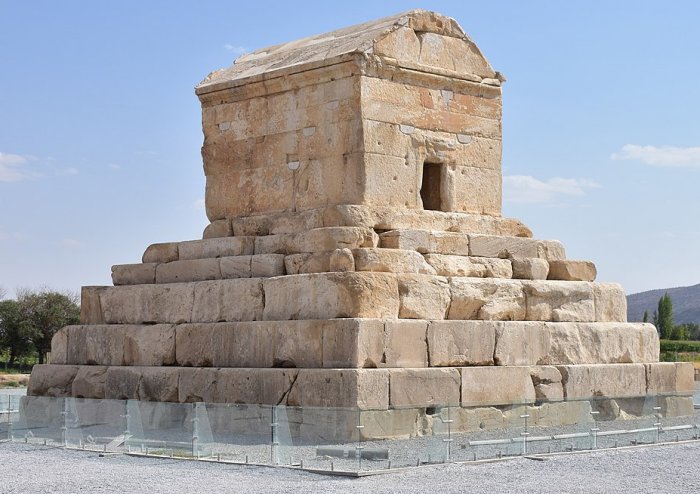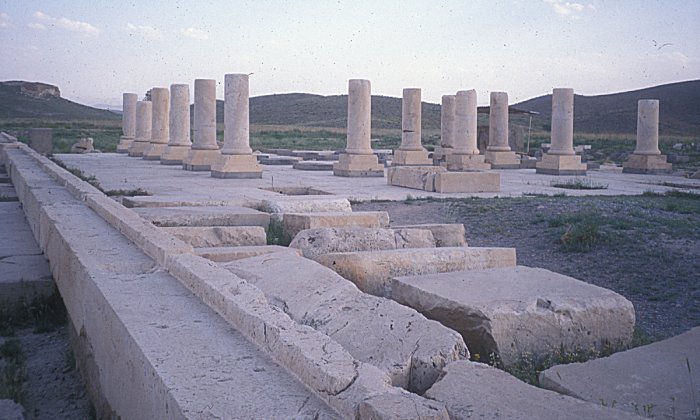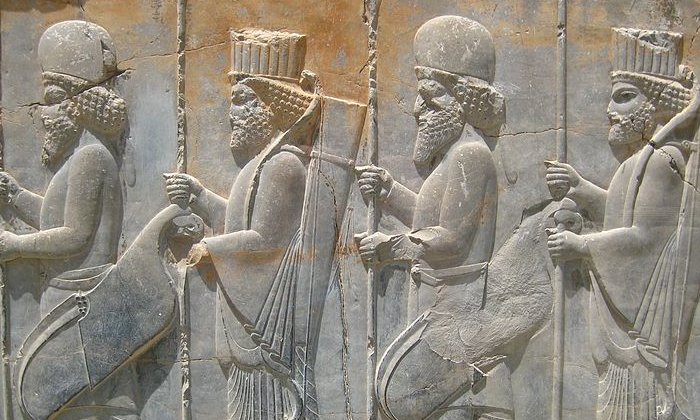Pasargadae: Capital Of Achaemenid Empire Destroyed By Alexander The Great
A. Sutherland - AncientPages.com - Today, Pasargadae are ruins of an ancient city in southwestern Iran, in the village of Mashhad-e Murghab, in the Zagros mountains, at an altitude of 1900 m, northeast of the city of Shiraz.
The fourth king of Anshan and the first king of the Achaemenid Empire, Cyrus II (d. 530 BC), also known as Cyrus the Great ordered the construction of Pasargadae during 559-530 BC, and in this city was located Cyrus’ tomb.
The city was the first capital of the Achaemenid Empire - one of the largest empires in history that covered approximately 5.5 million square kilometers and extended from the Balkans and Eastern Europe to the Hindus River in India.
In addition, this great empire was considered the first known for its cultural diversity of its people.
However, it lost its importance at the end of the sixth century in favor of Persepolis; 330 BC captured and plundered by Alexander III the Great. Some preserved remains of the once flourishing Pasargadae include the famous stone tomb of Cyrus II the Elder in the form of a four-sided eleven-meter high structure with a gable roof, ruins of the palace complex decorated with reliefs, a stone tower - a temple of fire, and 2 monolithic stone altars of fire.
The tomb of Cyrus the Great was also built in Pasargadae and was the most important monument in the city. Image credit: Bernd81 - CC BY-SA 4.0
In antiquity, the city was green. Eight or more dams regulated the river and stored water for irrigation.
Today, the region of Pasargadae is arid but it remains an important archaeological site. Archaeologists paid much attention to Achaemenid stone monuments, the role and design of the garden, and jewelry items.
Unique Techniques Used To Withstand Earthquakes
Not long ago, archaeologists found that Achaemenid engineers built the city of Pasargadae using unique structural techniques to withstand a strong earthquake that would today be classified as 7.0 on the Richter magnitude scale.
Inscription In Tomb of Cyrus the Great
No doubt, the most prominent monument in the city of Pasargadae, was the mausoleum of Cyrus.
Pasargad audience hall. Image credit: Zereshk - CC BY-SA 3.0
It has six broad steps leading to the sepulchre, the chamber of which measures 3.17 m long by 2.11 m wide by 2.11 m high and has a low and narrow entrance.
Though there is no firm evidence identifying the tomb as that of Cyrus, Greek historians tell that Alexander III of Macedon believed it really was. So, when Alexander looted and destroyed Persepolis, he visited the tomb of Cyrus and ordered one of his warriors, to enter the monument.
Inside, there was a golden bed, a table set with drinking vessels, a gold coffin, some ornaments studded with precious stones, and an inscription on the tomb.
No trace of any such inscription exists today and only Strabo reports that it read:
“Passer-by, I am Cyrus, who gave the Persians an empire and was king of Asia. Grudge me not, therefore, this monument…”
The Roman geographer Strabo of Amasia confirms in his ‘Geography’ that Pasargadae was built on the site where King Cyrus defeated the leader of the Medes, Astyages, in 550 BC. Building inscriptions found in the palace also confirm that Cyrus was indeed the builder of the town.
Persepolis stairs of the Apadana. Image credit: Taranis-iuppiter - CC BY-SA 3.0
After King Darius I the Great (522-486) built a new capital, Persepolis, Pasargadae remained an important place, and probably was some kind of religious capital of the Achaemenid empire. The tomb of Cyrus probably played a role in ceremonies taking place at Pasargadae.
Citadel And Audience Hall Among Oldest Monument Of Pasargadae
Pasargadae contained palaces and many other monumental structures; especially impressive and the oldest monument was a citadel Tall-i-Takht ('throne hill') that overlooked a garden ('paradise') in the south, and the palace complex as well. Built during the reign of Cyrus the Great, the citadel was never finished after his death in 530 BC.
Pasargadae represents the first phase of a specific Persian architecture which later found its full expression in the city of Persepolis.
Another historical structure is Apadana - the many columned audience hall that represented the splendid design by Darius I the Great (r. 522-486 BC). Apadana was part of king Cyrus' palace and was approached from the south-east. Apadana structures were influenced by several motifs from Phoenicia and Assyria and sculptures were created by the best stonemasons from Greek Ionia.
The Apadana structure is only mentioned in some building inscriptions; in one of Darius II (424-05 BC) and three of his son, Artaxerxes II (405-359 BC).
Pasargadae represents the first phase of this development into a specifically Persian architecture which later found its full expression in the city of Persepolis.
Written by – A. Sutherland AncientPages.com Senior Staff Writer
Copyright © AncientPages.com All rights reserved. This material may not be published, broadcast, rewritten or redistributed in whole or part without the express written permission of AncientPages.com
Expand for referencesReferences:
More From Ancient Pages
-
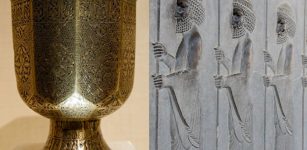 Cup Of Jamshid – Holy Grail Of Ancient Persia Offered Immortality And Visions Of The Future
Featured Stories | Jan 16, 2019
Cup Of Jamshid – Holy Grail Of Ancient Persia Offered Immortality And Visions Of The Future
Featured Stories | Jan 16, 2019 -
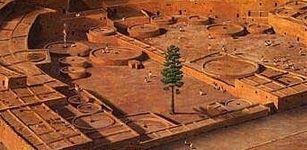 Ponderosa Pine: Life And Death Of One Of America’s Most Mysterious Trees
News | Mar 18, 2020
Ponderosa Pine: Life And Death Of One Of America’s Most Mysterious Trees
News | Mar 18, 2020 -
 Mystery Of Monte d’Accoddi: Was It An Ancient Step Pyramid, Altar Or Astronomical Observatory?
Civilizations | May 17, 2016
Mystery Of Monte d’Accoddi: Was It An Ancient Step Pyramid, Altar Or Astronomical Observatory?
Civilizations | May 17, 2016 -
 On This Day In History: Battle Of Lagos Took Place Between Royal Navy Of Britain and France – On August 19, 1759
News | Aug 19, 2016
On This Day In History: Battle Of Lagos Took Place Between Royal Navy Of Britain and France – On August 19, 1759
News | Aug 19, 2016 -
 First Known Depiction Of The Biblical Heroines Deborah And Jael Unearthed On 1,600-Year-Old Mosaics
Archaeology | Jul 6, 2022
First Known Depiction Of The Biblical Heroines Deborah And Jael Unearthed On 1,600-Year-Old Mosaics
Archaeology | Jul 6, 2022 -
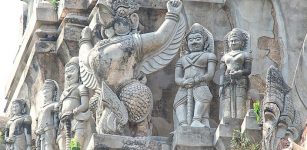 Sacred Bird Garuda And Stealing Of Amrita Drink Of Immortality From The Gods
Featured Stories | Jun 5, 2019
Sacred Bird Garuda And Stealing Of Amrita Drink Of Immortality From The Gods
Featured Stories | Jun 5, 2019 -
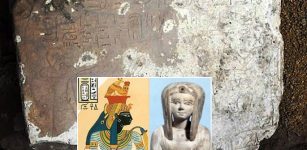 Limestone Stela Of Liberation Discovered In Kom Ombo Temple In Aswan, Egypt
Archaeology | Oct 17, 2018
Limestone Stela Of Liberation Discovered In Kom Ombo Temple In Aswan, Egypt
Archaeology | Oct 17, 2018 -
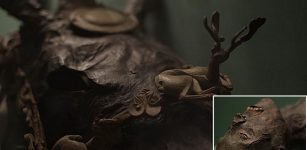 Earliest And Largest Scythian Princely Tomb Discovered In Siberia By Swiss Archaeologist
Archaeology | Jan 16, 2018
Earliest And Largest Scythian Princely Tomb Discovered In Siberia By Swiss Archaeologist
Archaeology | Jan 16, 2018 -
 On This Day In History: Sorley MacLean, A World Renowned Gaelic Poet, Died – On Nov 24, 1996
News | Nov 24, 2016
On This Day In History: Sorley MacLean, A World Renowned Gaelic Poet, Died – On Nov 24, 1996
News | Nov 24, 2016 -
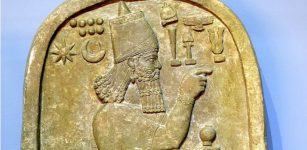 Stele Of Tell al-Rimah And Deeds Of Assyrian King Adad-nirari Against Rebellious Kings
Featured Stories | Feb 22, 2022
Stele Of Tell al-Rimah And Deeds Of Assyrian King Adad-nirari Against Rebellious Kings
Featured Stories | Feb 22, 2022 -
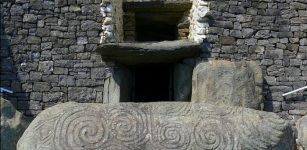 Incest In The Elite Of Neolithic Ireland – Incredible Findings
Archaeology | Jun 24, 2020
Incest In The Elite Of Neolithic Ireland – Incredible Findings
Archaeology | Jun 24, 2020 -
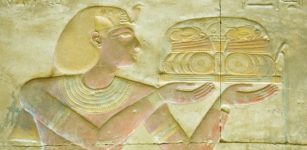 Table Manners And First Code Of Correct Behavior Were Introduced In Egypt 2,500 B.C. By Ptahhotep
Ancient History Facts | Oct 26, 2020
Table Manners And First Code Of Correct Behavior Were Introduced In Egypt 2,500 B.C. By Ptahhotep
Ancient History Facts | Oct 26, 2020 -
 Being A Roman Emperor Was Dangerous – Only One Of Four Died Of Natural Causes
Archaeology | Nov 12, 2021
Being A Roman Emperor Was Dangerous – Only One Of Four Died Of Natural Causes
Archaeology | Nov 12, 2021 -
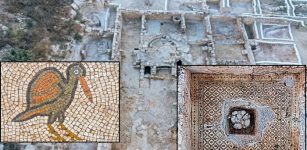 1,500-Year-Old “Church of the Glorious Martyr” With Beautiful Mosaic Unearthed Near Jerusalem
Archaeology | Oct 24, 2019
1,500-Year-Old “Church of the Glorious Martyr” With Beautiful Mosaic Unearthed Near Jerusalem
Archaeology | Oct 24, 2019 -
 Evidence Ancient Civilizations Had Knowledge About Planets In Our Solar System Thousand Years Ago
Featured Stories | Mar 10, 2021
Evidence Ancient Civilizations Had Knowledge About Planets In Our Solar System Thousand Years Ago
Featured Stories | Mar 10, 2021 -
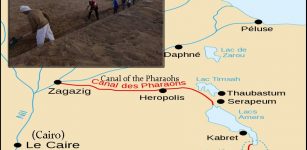 Large Fortress And Wall Uncovered On The Nile Delta Mark Power Of Egypt’s Canal Of the Pharaohs
Archaeology | Dec 29, 2017
Large Fortress And Wall Uncovered On The Nile Delta Mark Power Of Egypt’s Canal Of the Pharaohs
Archaeology | Dec 29, 2017 -
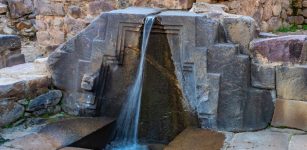 Incamisana Water Temple At Ollantaytambo, Peru: Marvelous Engineering Masterpiece Of Inca
Ancient Technology | Jul 19, 2019
Incamisana Water Temple At Ollantaytambo, Peru: Marvelous Engineering Masterpiece Of Inca
Ancient Technology | Jul 19, 2019 -
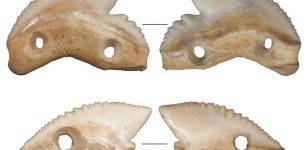 7,000-Year-Old Shark-Tooth Knives Discovered In Indonesia
Archaeology | Oct 27, 2023
7,000-Year-Old Shark-Tooth Knives Discovered In Indonesia
Archaeology | Oct 27, 2023 -
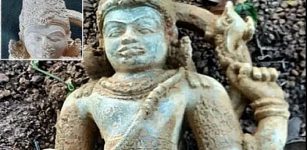 12th Century Idol Of Vishnumurthy Unearthed In Abandoned Well Near Udupi, India
Archaeology | Feb 26, 2021
12th Century Idol Of Vishnumurthy Unearthed In Abandoned Well Near Udupi, India
Archaeology | Feb 26, 2021 -
 Anglo-Saxon Previously Unknown Monastic Or Trading Center – Discovered
Archaeology | Mar 7, 2016
Anglo-Saxon Previously Unknown Monastic Or Trading Center – Discovered
Archaeology | Mar 7, 2016


